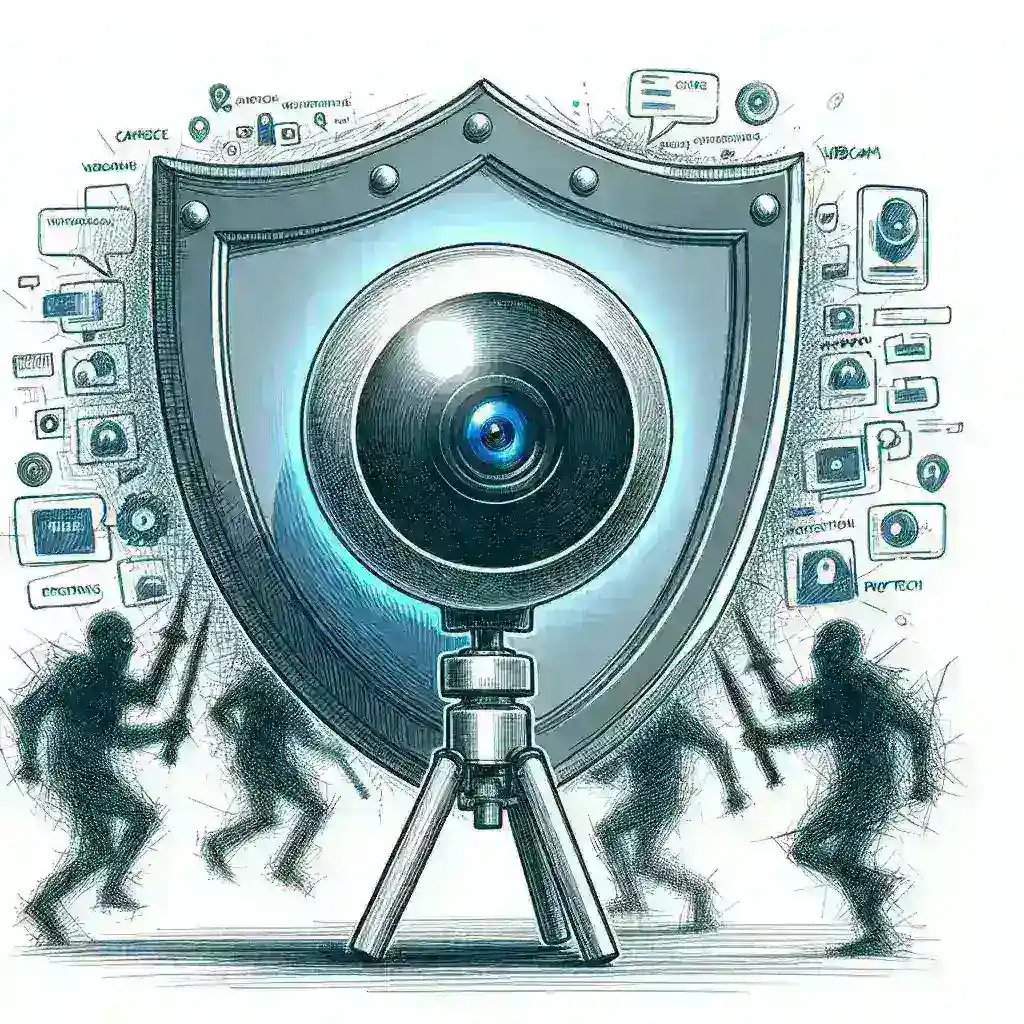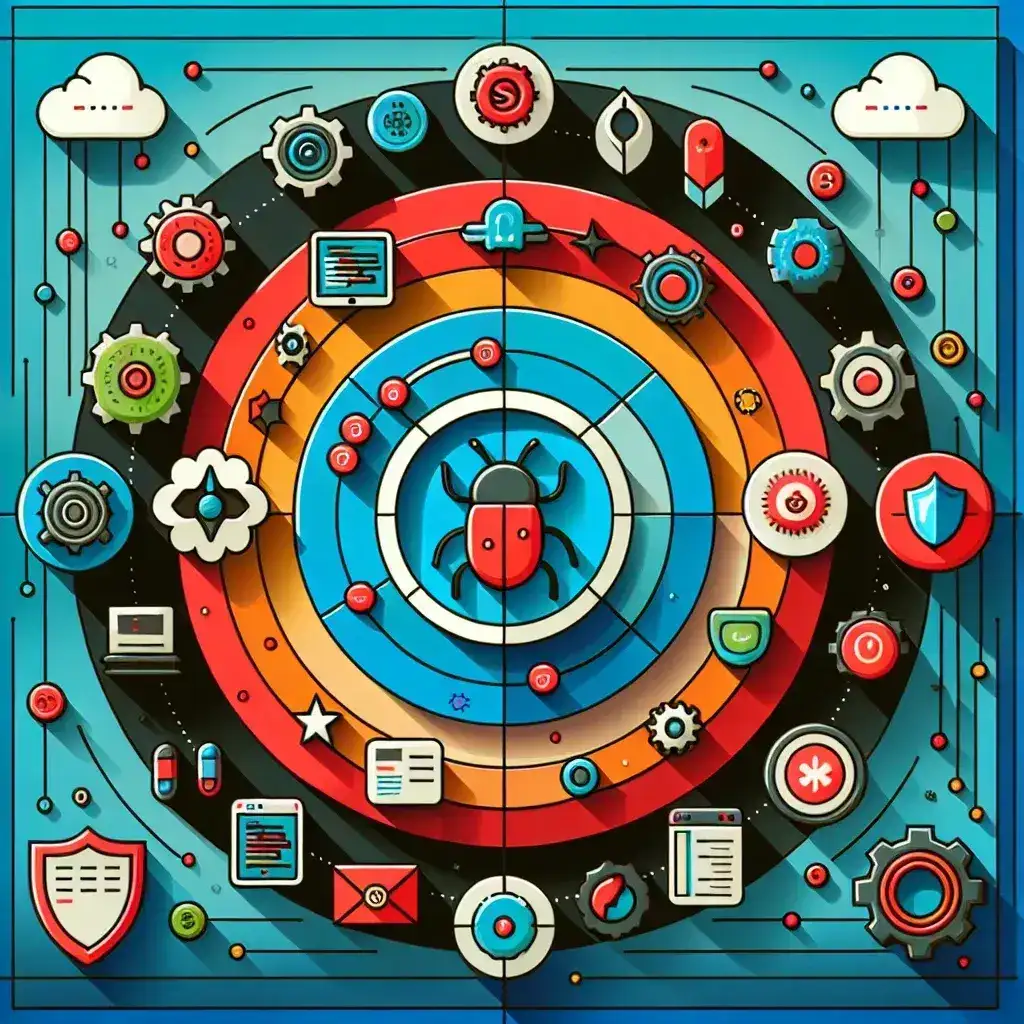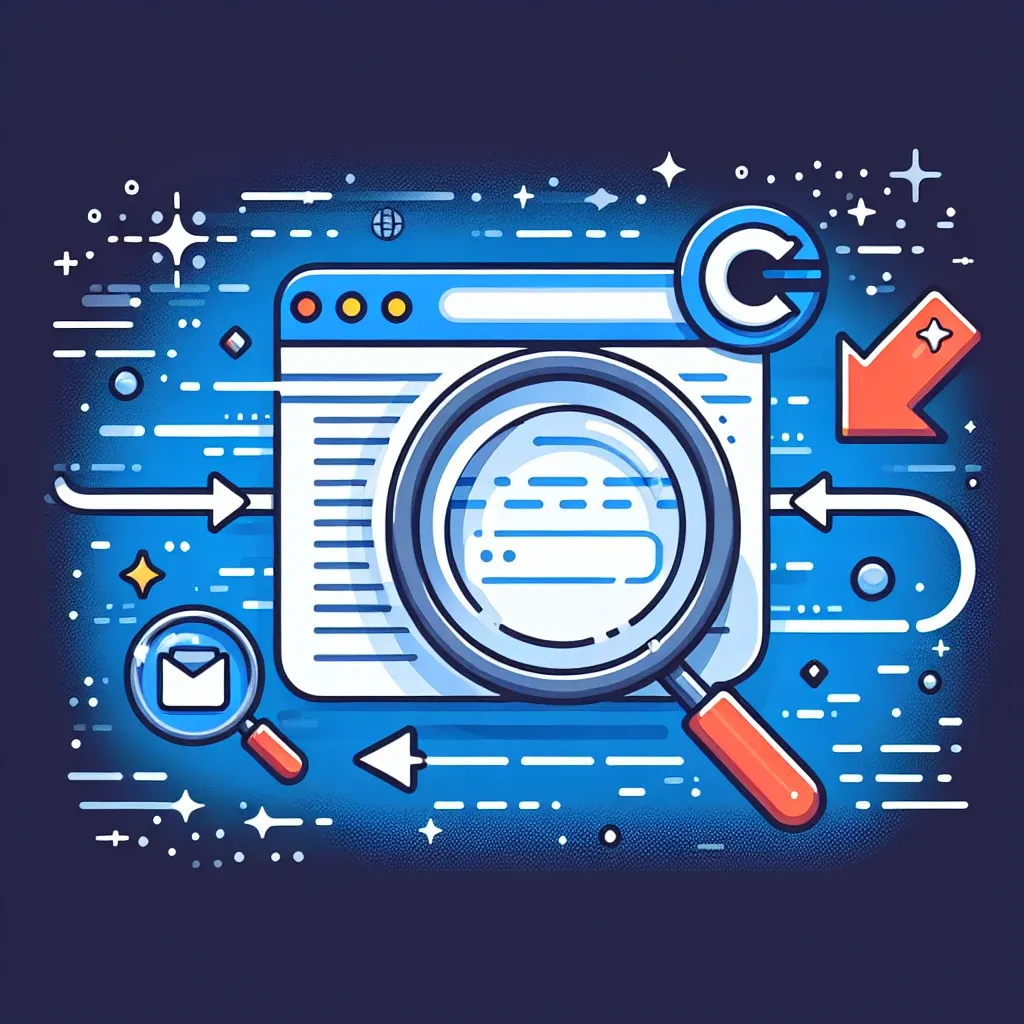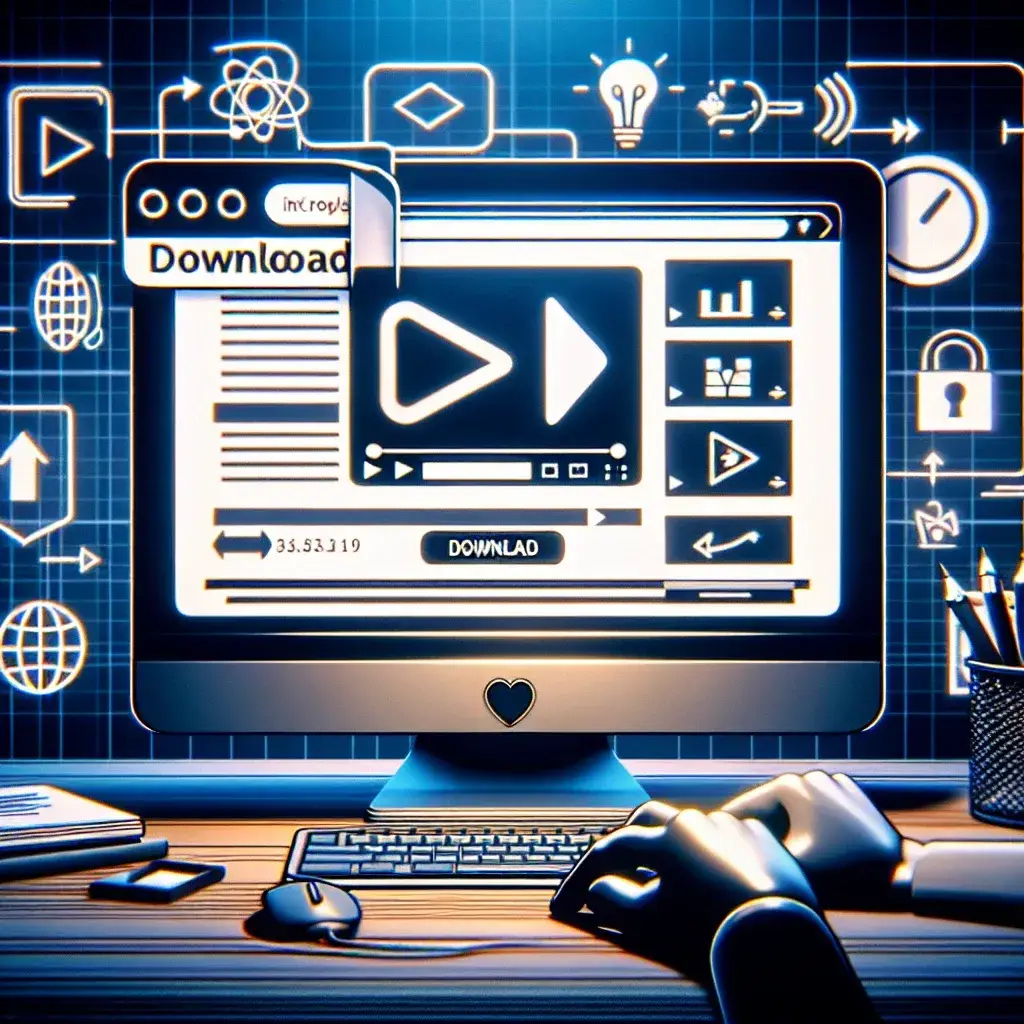Securing Your Webcam: A Comprehensive Guide
In today’s digitally connected world, webcam security is paramount. Unauthorized access to your webcam can lead to privacy violations, identity theft, and even blackmail. Fortunately, several steps can significantly reduce the risk of webcam hacking. This guide outlines practical measures to protect your privacy and peace of mind.
1. Physical Webcam Covers: The Simplest Solution
The easiest and most immediate way to prevent webcam hacking is to physically cover your webcam when not in use. These inexpensive covers are readily available online and at most electronics stores. A simple slide or peel-off cover offers a quick and effective deterrent against unauthorized access. This is a great first step, offering a physical barrier against any potential hacking attempts.
2. Software-Based Webcam Protection
Many operating systems offer built-in features for managing webcam access. For example, Windows allows you to control which applications can access your webcam. Check your system settings to ensure that only trusted applications have permission. Regularly review your application permissions to identify and revoke access for any suspicious or unknown programs.
- Windows: Navigate to Settings > Privacy > Camera to manage webcam access.
- macOS: System Preferences > Security & Privacy > Privacy > Camera allows you to control app access.
- Linux: The specific method for managing webcam access varies depending on your distribution, but similar settings are generally available.
Beyond operating system settings, consider using third-party security software. Some security suites include features that monitor webcam activity and alert you to unauthorized access attempts. However, carefully research any software before installation and choose reputable vendors with a proven track record.
3. Regularly Update Your Software
Keeping your operating system, drivers, and other software updated is crucial for security. Outdated software often contains vulnerabilities that hackers can exploit to gain access to your webcam. Enable automatic updates whenever possible, and check for updates manually on a regular basis. Regular updates patch security holes that could leave your webcam vulnerable.
4. Strong Passwords and Multi-Factor Authentication
Use strong, unique passwords for all your accounts, including your operating system and any webcam-related software. A combination of uppercase and lowercase letters, numbers, and symbols is recommended. Avoid using easily guessable passwords like birthdays or pet names. Multi-factor authentication (MFA) adds an extra layer of security, requiring a second form of verification (like a code from your phone) to log in. Enabling MFA for your online accounts adds a significant layer of protection against unauthorized access.
5. Secure Your Wi-Fi Network
A secure Wi-Fi network is essential for protecting all your devices, including your webcam. Use a strong, unique password for your Wi-Fi network, and enable WPA2 or WPA3 encryption. Avoid using public Wi-Fi networks for sensitive activities, as these networks may be less secure and susceptible to hacking.
6. Be Aware of Phishing and Malware
Beware of phishing emails and suspicious websites that may contain malware. Such malware can grant hackers remote control of your webcam and other devices. Avoid clicking on links or downloading attachments from unknown sources. Install and maintain a reputable antivirus program to protect your system from malware infections.
7. Check Your Webcam’s Indicator Light
Most webcams have a small indicator light that illuminates when the camera is in use. Check this light periodically to ensure that your webcam is not activated without your knowledge. If the light is on when you’re not using the webcam, it’s a strong indication that something is amiss and you should investigate further.
8. Consider Hardware Modifications
For enhanced security, you can consider using a webcam with built-in security features or even replacing your integrated webcam with a more secure alternative. Some webcams offer features like physical privacy shutters or encryption capabilities. However, this approach might require technical expertise and is not always necessary for average users.
9. Monitor Your System for Suspicious Activity
Regularly monitor your system for any unusual activity, such as unknown processes running in the background or unexpected network traffic. If you notice any suspicious behavior, take immediate action to investigate and address the issue. This proactive approach can help you identify and mitigate potential security threats early on.
By implementing these strategies, you can significantly reduce the risk of webcam hacking and protect your privacy. Staying vigilant and informed about emerging threats is crucial for maintaining your online security. Remember, a multi-layered approach to security is the most effective way to safeguard your webcam and personal information. For more advanced information, consider consulting with a cybersecurity professional or visiting reputable online resources such as StaySafeOnline.




